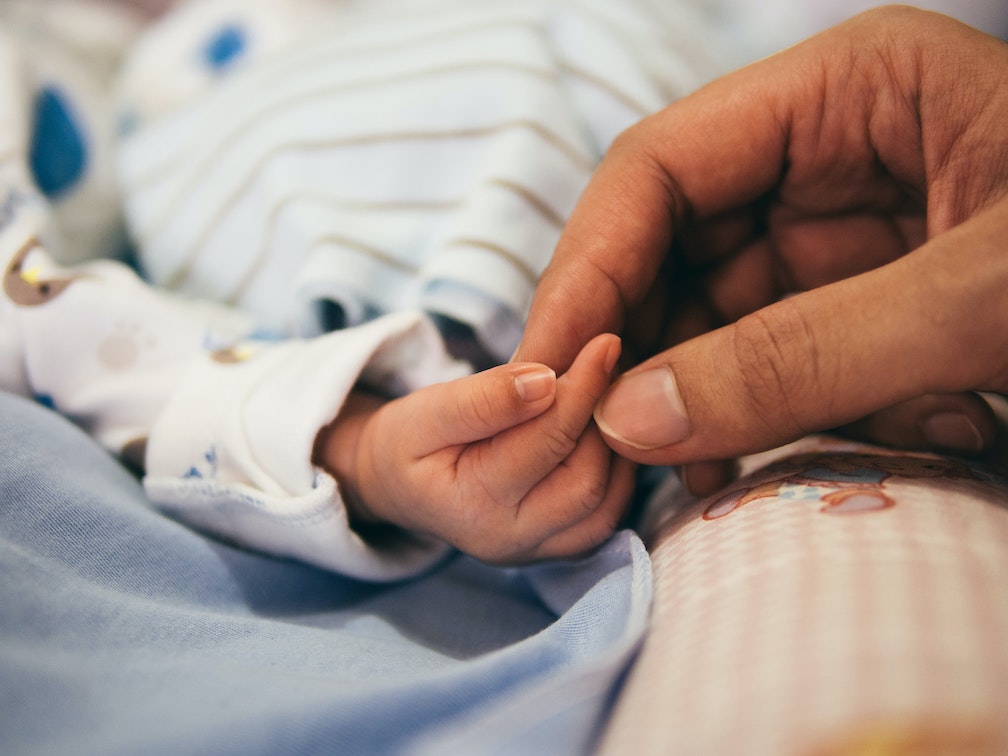Organ donation plummets in Australia due to COVID pandemic

Transplant Australia is worried about the hidden residual effect of the COVID-19 pandemic on Australia’s organ and tissue donation system with 1,888 Australians now waiting for a life-saving transplant.
And it welcomed the Federal Government’s decision to consult the sector in the adoption of a new National Strategy for Organ Donation, Retrieval and Transplantation.
Key to that strategy will be increasing the number of Australians registered as organ donors as evidence shows a direct correlation between registration rates and family consent rates at time of donation.
Transplant Australia is calling for:
- Need to re-engage the organ donation conversation with Australian public
- Focus on doubling registration rates with a return to opting in as a donor on driver’s licence
- Aim to achieve 75 per cent family consent rate within five years
It said Federal, State and Territory Governments must work together under the proposed new national strategy to return the option to say ‘yes’ to organ donation when applying for or renewing a driver’s licence.
It announced its Greatest Gift Legacy Project is a roadmap to help Australia improve its rate of organ and tissue donation. The release was announced as part of an advocacy breakfast staged by Transplant Australia at Federal Parliament in the leadup to the World Transplant Games to be held in Perth, Western Australia, from April 15 to 21, 2023.
Transplant Australia Chief Executive Officer Chris Thomas said it was clear the COVID Pandemic impacted on Australia well beyond the tragic deaths, extended lockdowns and economic cost.
“The year 2018 was a record-breaking year for donation in Australia with 554 donors saving the lives of 1,544 Australians. It represented the hard work of the DonateLife Network and the Organ and Tissue Authority over the past decade in reforming donation across Australia,” Mr Thomas said.
“Unfortunately, donation since then has been severely impacted by the COVID Pandemic. In 2021 the number of donors was 421 compared to the record of 554. Unfortunately for those waiting this year looks like achieving about the same number of donors. (359 donors to the end of October).
“Despite significant success the one key area yet to change in donation is the overall family consent rate which fell to 56 per cent in 2021. There is a strong correlation between consent and registration – if a person is registered to be a donor, in 9 out of 10 cases families will support that decision. This drops to 4 out of 10 when there is no knowledge of their wishes.
“In South Australia, where registration is still part of the driver’s licence (with 73 per cent of the population registered) the family consent rate was also 73 per cent. That is an achievable target for all of Australia.”
Transplant Australia’s Greatest Gift Legacy calls on the community, governments, business and the health sector to aim to reach a consent rate of 75 per cent within five years through:
Returning the ‘yes’ option of the state-based driver’s licence system with the data uploaded to the one national register
- Introducing a national education program for year 10-12 students as they move into driving age
- Modernising the Human Tissue Acts in each State and Territory to maximise donation and ease the burden on potential donor families
- Ensuring donation opportunities are maximised in hospital through routine referral of all deaths, 100 per cent checking of the donation register and making sure every conversation with a potential donor family is carried out by professional and trained staff
Transplant Australia was pleased to be working positively with the Federal Assistant Minister for Health and Aged Care, The Hon. Ged Kearney, to highlight further opportunities to improve donation in Australia.
Transplant Australia, the national charity representing those waiting and who have received a transplant, living donors and donor families, will also be taking on a stronger voice to ensure there is greater consistency in waiting list criteria and acceptance in all transplant units around Australia while increasing its help for recipients post-transplant.













